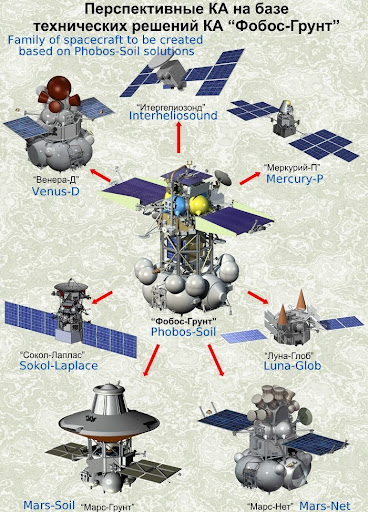A case study of software problems on another Mars probe...
I remembered a similar software issue that nearly crippled another Mars mission several years ago.
Back in January 2004, just 16 days after the Spirit rover landed on Mars, it suddenly stopped responding to commands from Earth. For more than 2 days there was only one single telemetry downlink from the rover, and the data was garbled. Then just two minutes after signal acquisition, it stopped. Several attempts to communicate with the rover was unsuccessful for more than two days. It was not until more than three days later when it sent enough data to Earth that it can be concluded that the rover triggered a safe mode condition, but the initial attempts to command it to downlink telemetry and shut down the instruments were unsuccessful. Another day would pass before engineers could determine the issue is in the flash memory system: it got corrupted during a routine health check. They then issued commands to bypass the flash memory system and shut it down, and the rover finally achieved full command after five days. (Detailed information can be found here and in Steve Squires' book Roving Mars)
I cannot help but to compare the current issue with Phobos-Grunt with this case. In both cases the communication link was suddenly lost; no communication occurred and control was lost for days; only a short signal can be heard from both spacecrafts; there are limited communication windows (though I think it is slightly better in the case of Spirit); the antennas were not pointing in the optimum place for communication; the hints at both spacecraft went into safe modes due to re-booting of the computers. Of course there are many differences (I believe the situation for Phobos-Grunt is a bit more severe, particularly as it is being in a low Earth orbit, which is a place that is less tolerant for trouble-shooting and attitude control), but as an amateur I would say that it is too early to claim defeat just yet. While I am not sure how many redundancies the Russians have put in the spacecraft's control system software (and hardware), if they have enough hacks in place (just like the MER team did) they might have a chance of salvaging the mission. So fingers crossed!
I remembered a similar software issue that nearly crippled another Mars mission several years ago.
Back in January 2004, just 16 days after the Spirit rover landed on Mars, it suddenly stopped responding to commands from Earth. For more than 2 days there was only one single telemetry downlink from the rover, and the data was garbled. Then just two minutes after signal acquisition, it stopped. Several attempts to communicate with the rover was unsuccessful for more than two days. It was not until more than three days later when it sent enough data to Earth that it can be concluded that the rover triggered a safe mode condition, but the initial attempts to command it to downlink telemetry and shut down the instruments were unsuccessful. Another day would pass before engineers could determine the issue is in the flash memory system: it got corrupted during a routine health check. They then issued commands to bypass the flash memory system and shut it down, and the rover finally achieved full command after five days. (Detailed information can be found here and in Steve Squires' book Roving Mars)
I cannot help but to compare the current issue with Phobos-Grunt with this case. In both cases the communication link was suddenly lost; no communication occurred and control was lost for days; only a short signal can be heard from both spacecrafts; there are limited communication windows (though I think it is slightly better in the case of Spirit); the antennas were not pointing in the optimum place for communication; the hints at both spacecraft went into safe modes due to re-booting of the computers. Of course there are many differences (I believe the situation for Phobos-Grunt is a bit more severe, particularly as it is being in a low Earth orbit, which is a place that is less tolerant for trouble-shooting and attitude control), but as an amateur I would say that it is too early to claim defeat just yet. While I am not sure how many redundancies the Russians have put in the spacecraft's control system software (and hardware), if they have enough hacks in place (just like the MER team did) they might have a chance of salvaging the mission. So fingers crossed!


